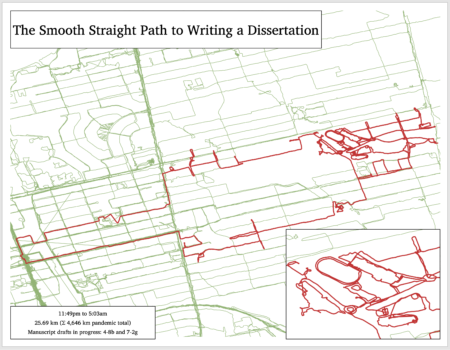I watched the four-part Netflix series on the Three Mile Island disaster and found it to be well crafted and emotionally poignant, though only OK as an educational resource on the partial meltdown.
My technical complaint is that they explain almost nothing about why the accident happened and exactly what took place while it was going on. There is a lot of interesting material on how complex systems have interactions which cannot be foreseen, as well as user interface issues in the control room, which would have helped viewers better understand.
In terms of storytelling, my objection is with how the filmmakers basically set up two kinds of interview subjects: forthright and emotional local residents who suffered, and a few wicked representatives of the industry. They quote dismissive claims about culpability and the accident’s severity from the insiders, while uncritically quoting residents on how an unchecked disaster would have destroyed Pensyllvania or the East Coast. To me this all felt like too much handholding about who to believe, coupled with insufficient reference to credible outside accounts.
I wouldn’t especially recommend the series to either people who know a lot about nuclear energy or those who know fairly little. The former are likely to be annoyed at how anecdote-driven the whole thing is, while the latter may be given a false sense of confidence about the correctness of the view expressed. Unlike the remarkable 2019 series on the Chernobyl accident, this is one that can be safely missed.
For better explanations on TMI, I would suggest Nickolas Means’s talk (which also contains some fascinating discussion about what human error means in the context of major industrial accidents and how to investigate them after the fact) or this Inviting Disaster episode from The History Channel.





